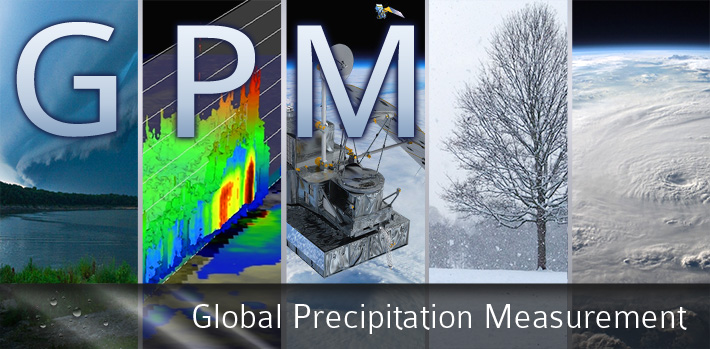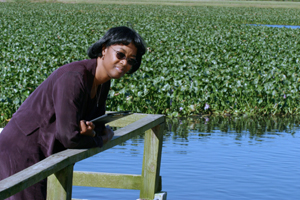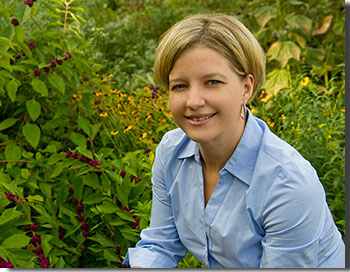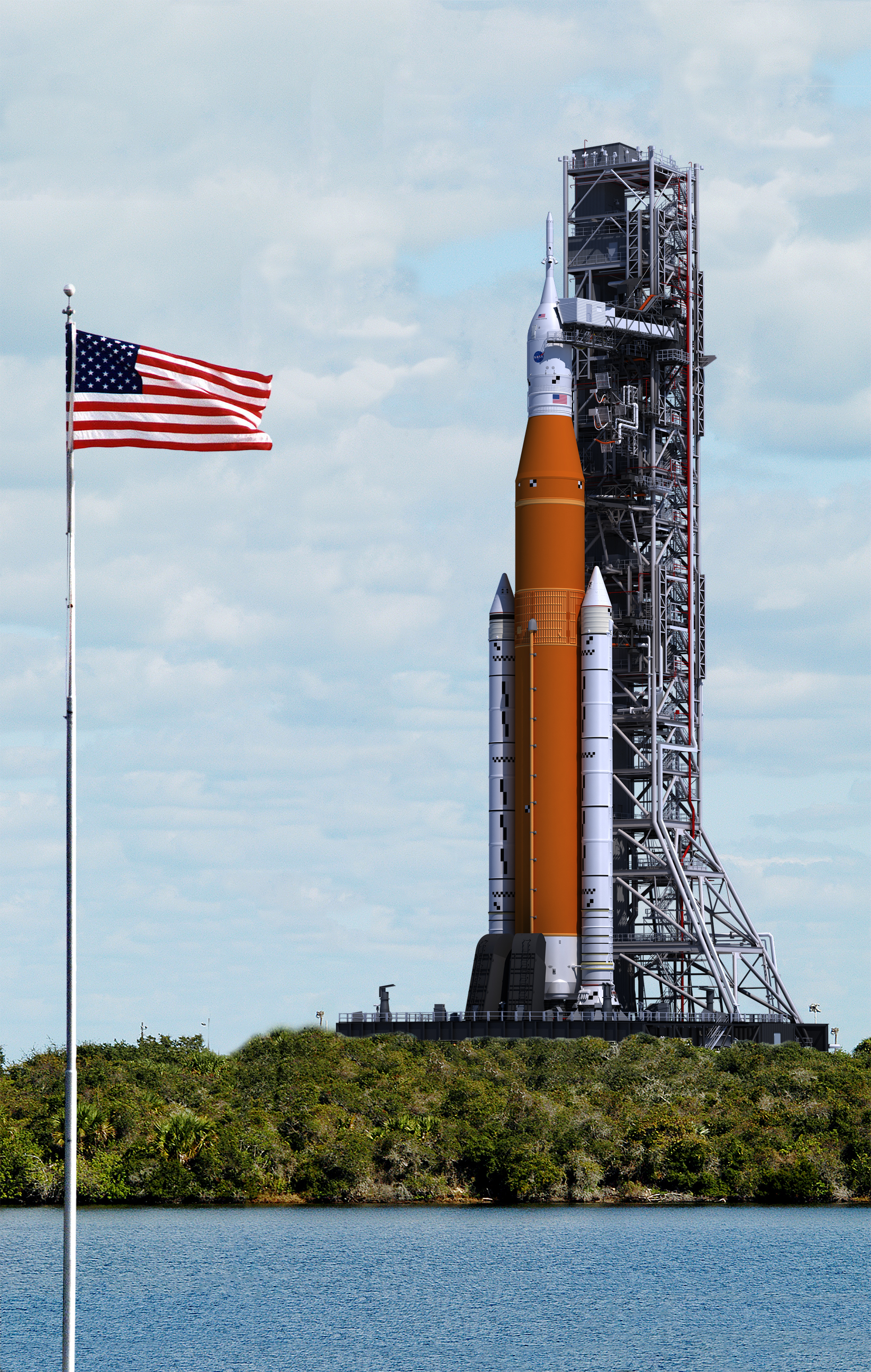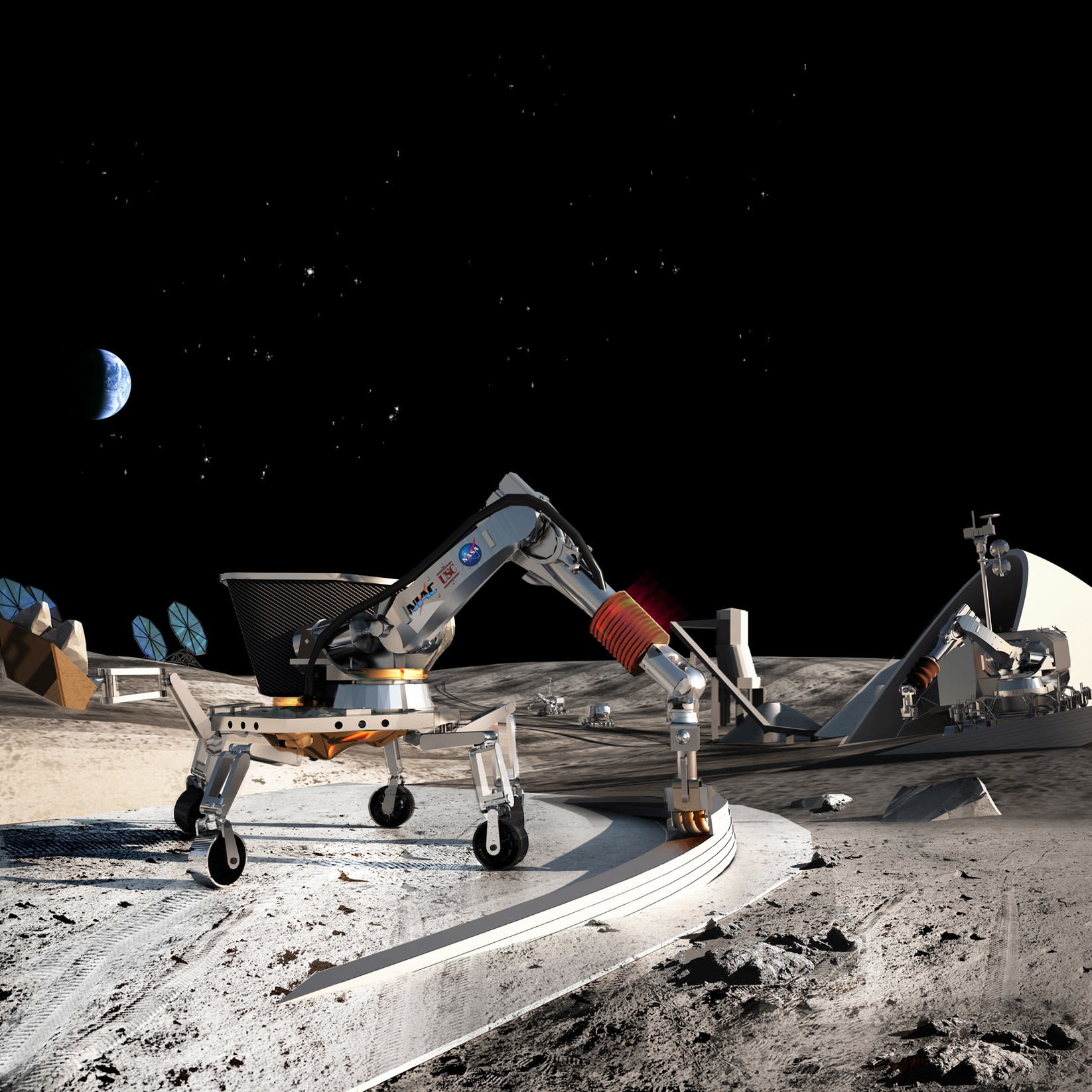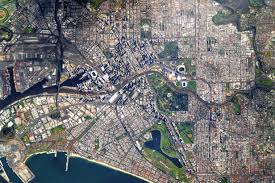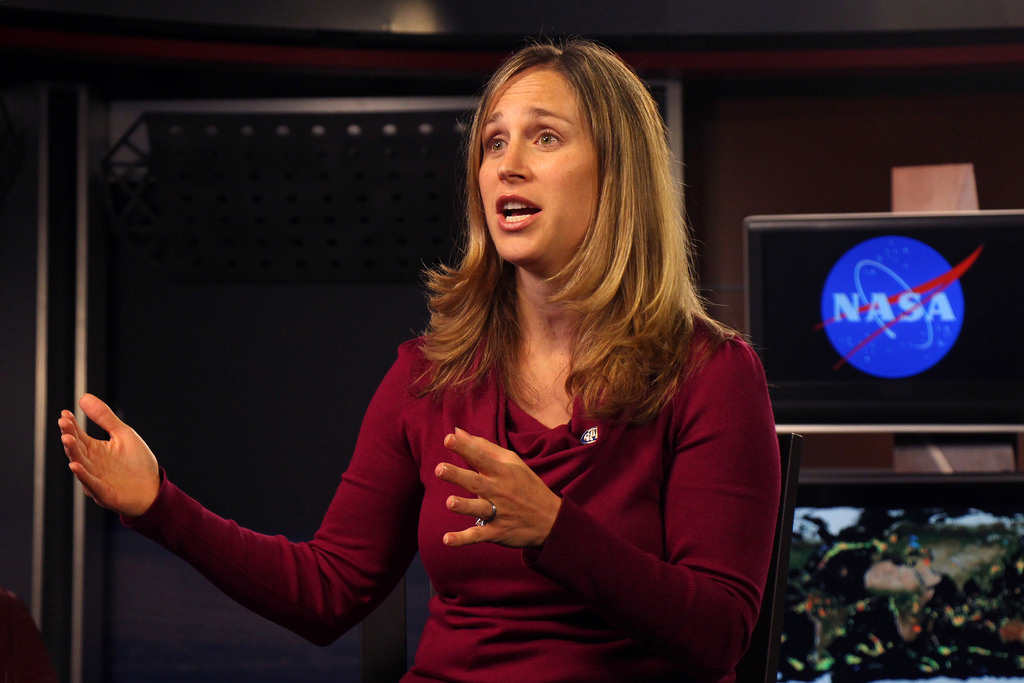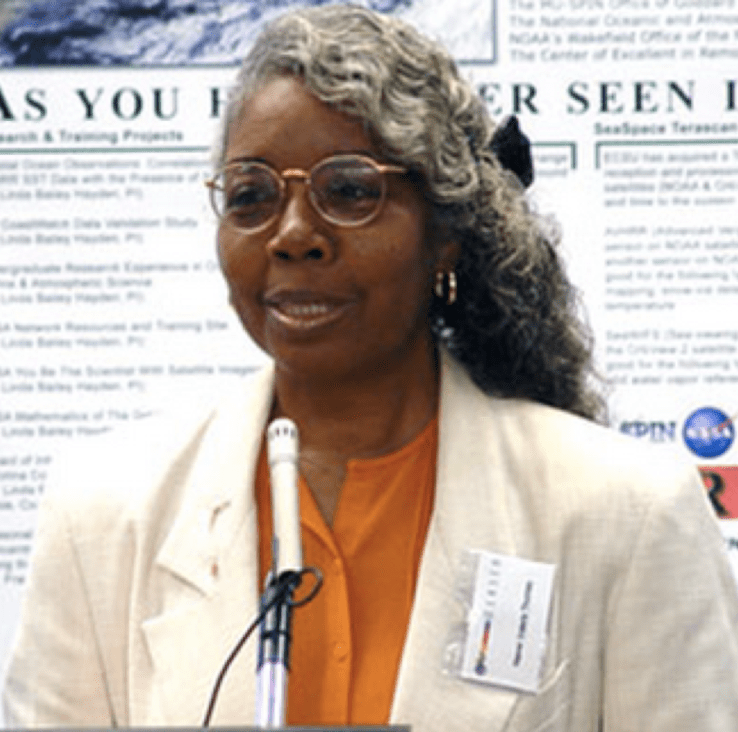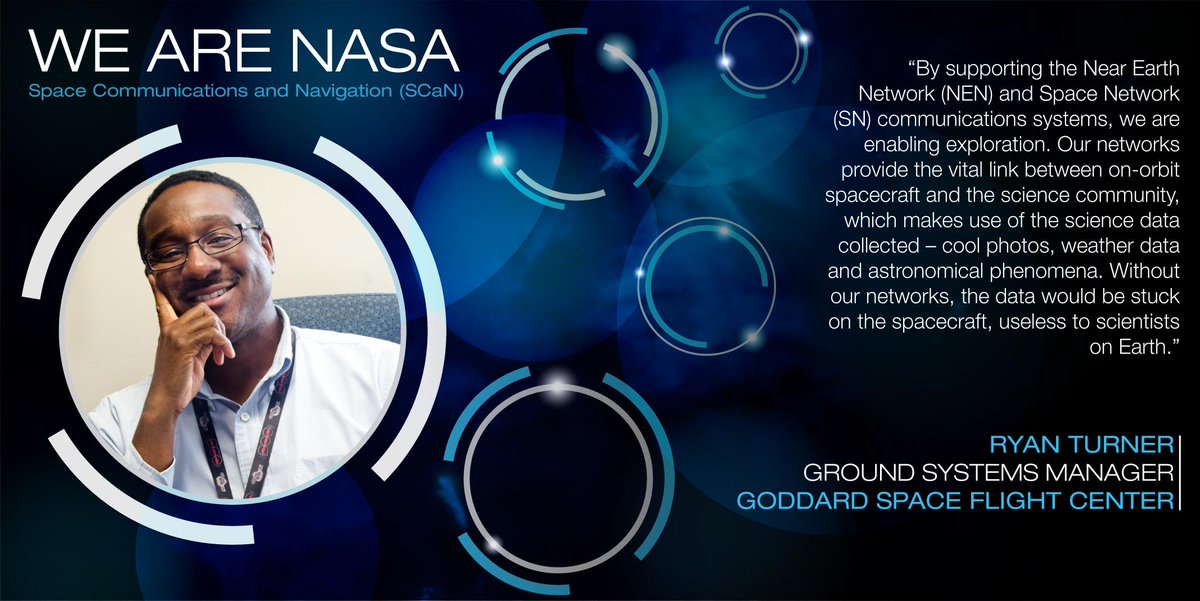Mechanical engineers design, develop, build, and test mechanical and thermal sensors and devices including tools, engines, and machines.
Environmental engineers use the basis of engineering, soil science, biology, and chemistry to develop solutions to problems in the environment. Some of their efforts involve recycling, waste disposal, public health, water and air pollution control.
Learn about how Janine Pollack, an Environmental Engineer, got her start at NASA and the kinds of work she does as an engineer.
Civil engineers design, develop, and construct community projects that serve the general public such as roads, bridges, damns, tunnels, water supply systems, etc. The designs include but are not limited to many fields such as hydraulics, thermodynamics, or nuclear physics.
A geotechnical engineer is a type of civil engineer who focuses on the mechanics of the land, rocks, and soils in the building process.
An environmental planner tries to minimize the environmental impacts of housing, industrial, and transportation-related construction projects.
Dr. Dalia B. Kirschbaum is a Research Physical Scientist in the Hydrological Sciences Lab at NASA Goddard Space Flight Center, Greenbelt, MD. Learn how she uses mathematics to investigate the interaction between the Hydrosphere & Geosphere.
Read about Dr. Valerie L. Thomas and her contributions to the Landsat program.
Ryan Turner says "My career has focused on software and software is ubiquitous, so I have been involved in many different projects. There is a lot of flexibility with software.
Review these resources to learn how Dorothy "Dotty" Metcalf-Lindenburger explored different career paths to eventually make her way to work with NASA. Starting off as a geology student in college, then working as a teacher, Dotty gained employment with NASA as an astronaut!







.png)
.png)
.png)
.png)
.png)
